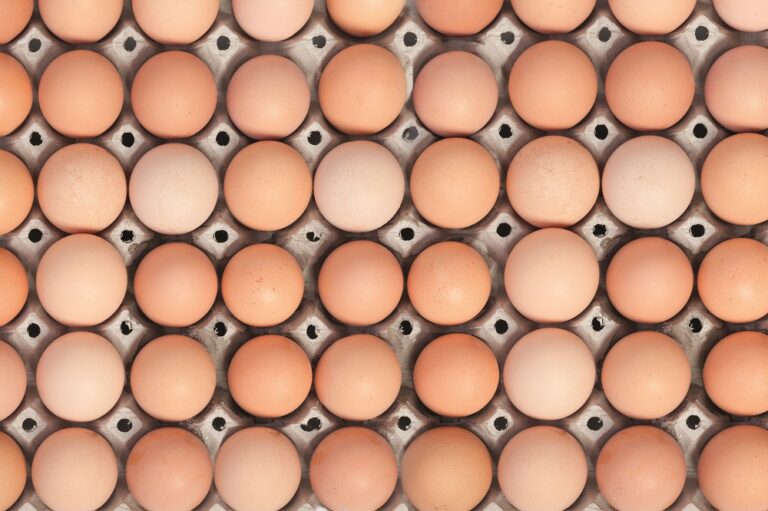By Laura Walker and Olivia Godber, sustainable agriculture consultant, ADAS
Governments across the world have agreed to achieve a balance between greenhouse gas (GHG) emissions and the removal of atmospheric GHGs in the Paris Agreement. Net-zero refers to this balancing of emissions. In June 2019, the UK government passed legislation legally committing the UK to a target of net-zero for all GHG emissions by 2050. GHGs include carbon dioxide (CO2), methane (CH4) and nitrous oxide N2O. Ammonia (NH3) is an indirect GHG, meaning that it can deposit nitrogen (N) into the atmosphere where it may later form N2O.
The UK government has published guidance on how to measure and minimise GHG emissions for businesses and organisations of all size. In addition, there is environmental legislation which limits NH3 emissions on farms with a capacity for over 40,000 birds.
The carbon footprint of UK egg production
The largest component of an egg’s carbon footprint is from embedded emissions in concentrate feed, which account for approximately 50% of emissions. The emissions from poultry manure storage and application also account for a significant part of the footprint. The remaining emissions are attributable to transport, fuels and water use.
Reducing emissions from concentrate feed
Approximately 20% of laying poultry diets are composed of soya. Imported soya often has a very high carbon footprint due to land use change and transport. Replacing soya with alternatives could significantly reduce the carbon footprint of poultry diets but is challenging to do.
Locally sourced alternatives, such as rapeseed meal, peas, beans and lupins, are not favoured for many reasons, including their lower protein content when compared to soya, presence of anti-nutritional factors, the difficulty of growing them in the UK, and the increased cost.
Certified soya which is sustainably sourced is another option but is currently difficult to obtain and more expensive than conventional soya. In the future, the feeding of insects or algae could become an option.
Reducing emissions associated with poultry manure
Poultry manure management also offers great potential for reducing GHG emissions associated with egg production. The most feasible strategies to reduce the carbon footprint are to export manure as feedstock for an anaerobic digester, or to sell manure as fertiliser.
Improving husbandry practices to reduce the carbon footprint
The carbon footprint of eggs can be lowered further through improved husbandry practices of laying hens. Reducing casualties and increasing layer rates both have a positive impact on footprints; the CO2e per dozen eggs drops dramatically when comparing a high-performance laying flock, with 15 more eggs per layer per annum than average, against an average laying flock.
Selective breeding to improve laying hen carcass quality could further reduce footprints by allowing spent hens to be sold for meat; a proportion of their GHG emissions would therefore be allocated to the meat, rather than the egg.
Does the production system affect the carbon footprint?
In general, caged hens are the most efficient, producing more eggs and significantly less N2O (from manure) than other systems. However, free-range eggs remain popular with consumers for animal welfare reasons. The potential to reduce N2O emissions associated with manure management is much more limited in free range systems compared to caged, as there is less control over manure when this is deposited outdoors. However, selective breeding can increase the egg production of free-range layers beyond that of caged layers, which will reduce their carbon footprint.
Selective breeding could also increase the egg production and reduce the carbon footprint of hens in organic systems, which tend to have a higher carbon footprint than conventional systems.
Silvopastoral systems
Silvopastoral systems could be a feasible strategy for free range and organic systems to reduce their carbon footprints. These systems combine fodder plants, shrubs and trees on the outdoor hen area, taking an integrated approach to farming that is based on traditional South American farming practices. The plant material increases carbon capture and storage, whilst providing natural shelter to the hens which improves animal welfare and resilience.
Furthermore, the manure deposited by the hens can be used by the plant material, and the activity of the hens on the land can contribute to improved soil health.


